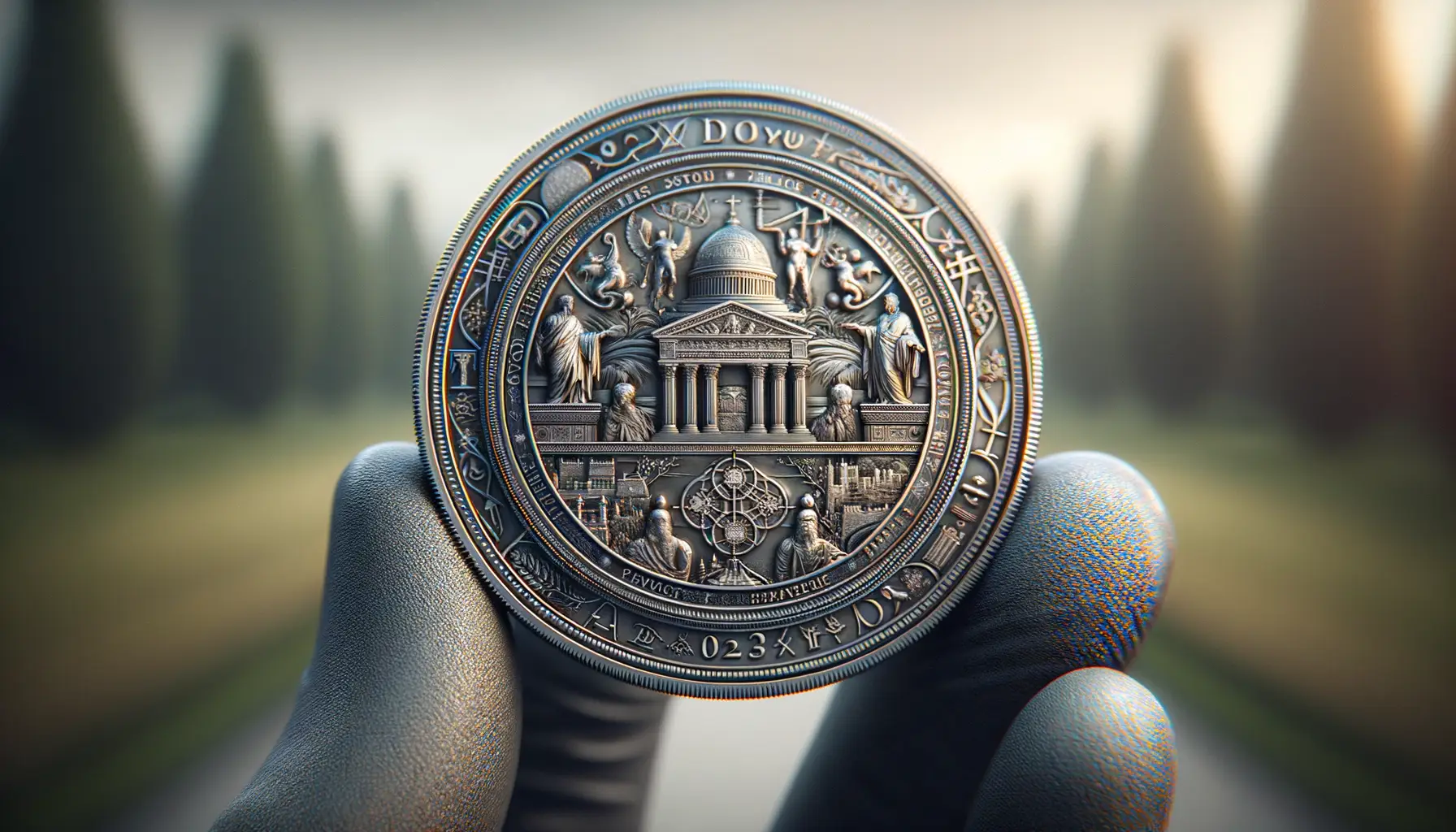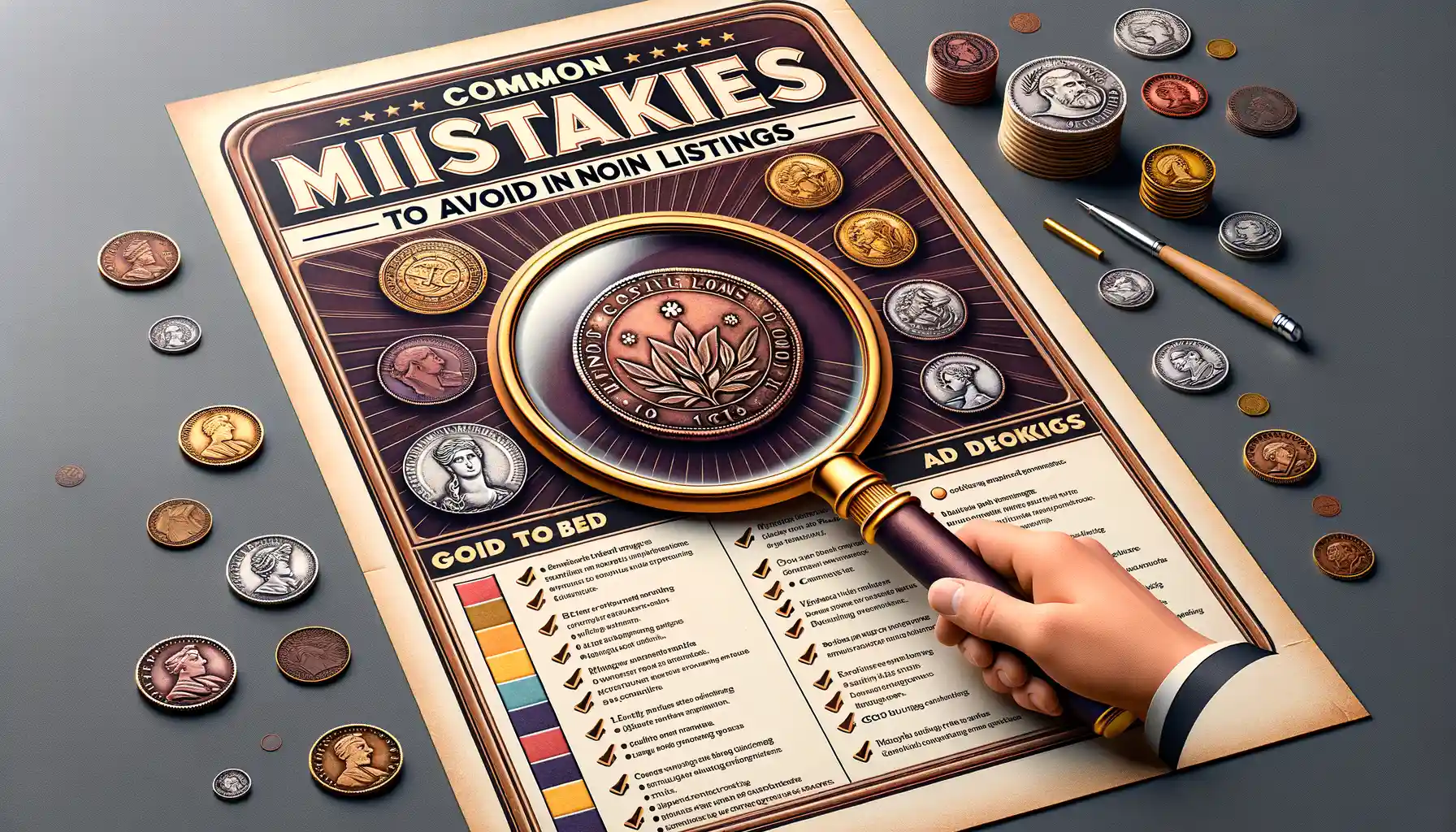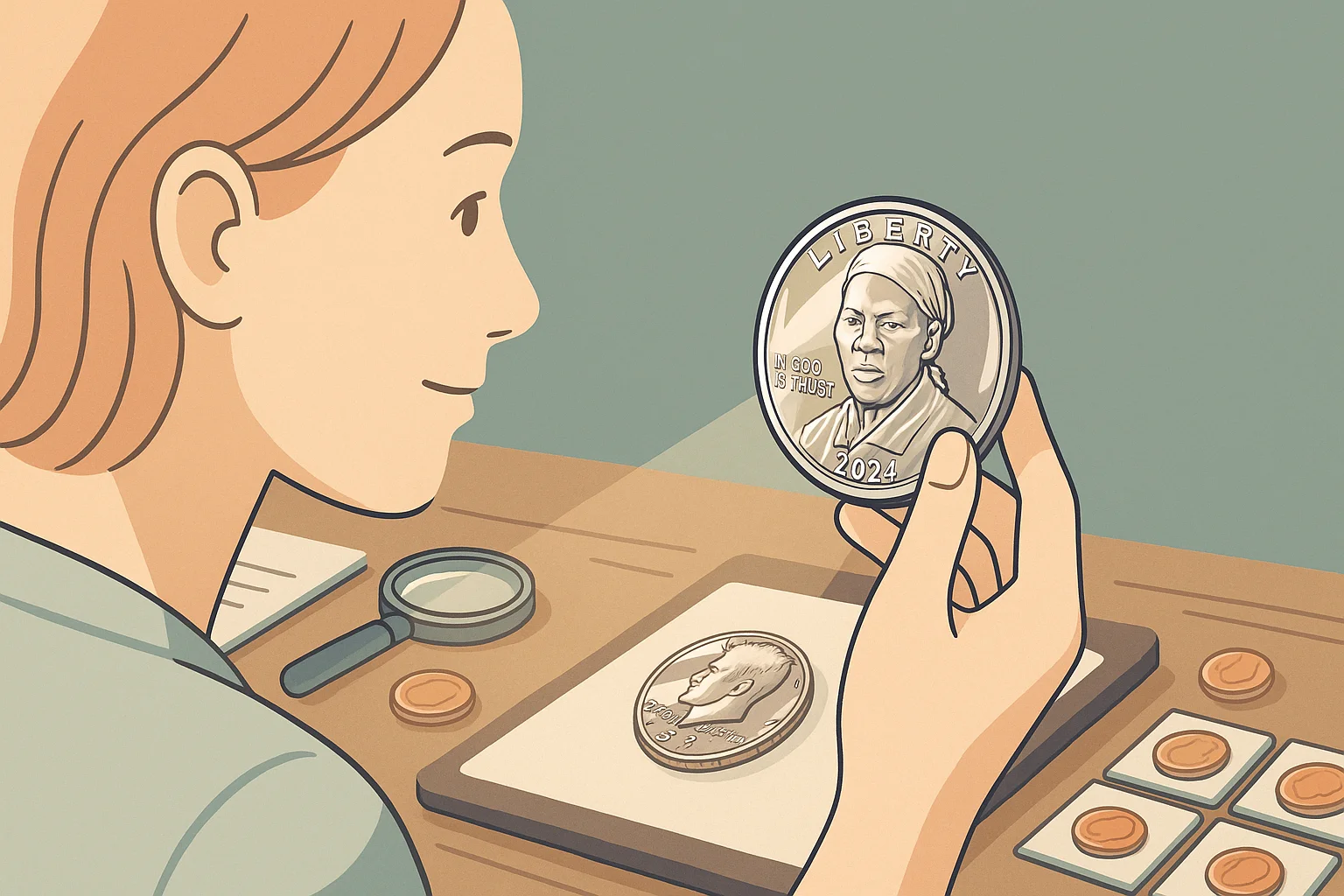Understanding the Importance of Product Descriptions for Coin Sales
Why Every Word Counts in Coin Listings
Imagine you’re browsing an online coin marketplace. One listing catches your eye: “Ancient Coin – $100.” No details, no story, no spark. Would you buy it? Probably not. Now compare that to: “Gleaming 2nd Century Roman Denarius in Exceptional Condition – A Collector’s Treasure!” Suddenly, you’re intrigued. That’s the power of a well-crafted product description.
For coin sales, where heritage, rarity, and quality rule the game, every word matters. Buyers aren’t just looking for currency—they want a piece of history. They want to hold a relic, a conversation starter, or even an investment. A strong description doesn’t just sell a coin; it sells its *essence*.
- Condition: Scratch-free? Patina intact? Every detail creates trust.
- Story: Was it struck under Julius Caesar? Recovered from shipwreck treasure?
- Measurements: Size, weight, minting year—facts that matter.
When your descriptions connect emotionally and offer crystal-clear facts, they don’t just inform—they inspire action. It’s not about stating what a coin is; it’s about showing why it deserves *their* collection.
Key Elements of a Great Coin Description

Bring Historical Context to Life
Imagine holding a coin in your hand that once passed through bustling marketplaces centuries ago. That’s the kind of narrative collectors love—and your coin description should deliver! Go beyond the basics of metal and weight. Instead, dive into the coin’s unique backstory. Was it minted during a pivotal historical moment? Does it symbolize a cultural shift or commemorate a significant figure? A simple silver denarius becomes fascinating when tied to the reign of Emperor Nero, doesn’t it? Add those contextual nuggets—they’re gold (pun intended) for potential buyers.
Highlight the Coin’s Personality
Every coin has quirks that make it special. This could be its rare mint mark, an unusual patina, or a minor imperfection that tells its journey through time. Avoid robotic descriptions like “gold coin, 1900s.” Instead, tell collectors why *this* particular piece belongs in their collection. Be vivid and specific. For example:
- Condition: Is it “well-preserved with minimal wear” or does it boast a charming “aged toning”?
- Design: Are the intricate flourishes on the reverse side especially striking under light?
- Rarity: If only 500 were minted, imagine the exclusivity this offers collectors!
Use sensory language and clear details to make them feel the allure of owning this coin. After all, it’s not just a transaction; it’s a treasure hunt they didn’t know they were on.
Optimizing Product Descriptions for SEO

Why SEO Matters for Your Coin Listings
Imagine pouring hours into crafting the perfect coin description—carefully detailing the gleaming patina of a 1921 Morgan Dollar or the intricate artistry of an ancient Roman denarius—but buyers never see it. It’s like putting a treasure chest in the middle of the ocean without a map. That’s where SEO (Search Engine Optimization) comes in, acting as your compass to guide coin enthusiasts straight to your listing.
To optimize your descriptions effectively, you must weave relevant keywords seamlessly into your text. For example, if you’re selling a “1955 Double Die Lincoln Penny,” terms like “rare penny for collectors” or “error coins for sale” can turn your listing into a lighthouse for search engines. But remember, don’t overdo it—no one likes reading a description that sounds like a broken record.
- Incorporate keywords naturally into titles, subtitles, and product details.
- Use synonyms and related phrases to keep it interesting (e.g., “vintage coin” alongside “antique currency”).
The Finer Details: Meta Magic
Don’t underestimate the power of your meta description. While it’s just a short snippet, this text appears under your listing link in search results. Treat it like a first impression—make it irresistible. Something like, “Own history! Rare 18th-century gold coin, perfect for serious collectors,” hooks attention fast.
Common Mistakes to Avoid in Coin Listings

Overlooking the Power of Details
When it comes to coin listings, glossing over key details is like trying to sell a story with missing chapters. Collectors are passionate people—they crave the intricate nuances that make a coin special. Forgetting to mention details like mint marks, year of production, or condition might cause that eager buyer to click away faster than you can say “numismatics.”
Here’s a tip: think like a treasure hunter! Highlight every unique aspect of the coin as if you’re describing hidden riches. For example, don’t just say “silver coin.” Say “early 20th-century 90% silver Liberty Head Dime, with a beautifully preserved patina.” Specifics are your secret sauce.
Pitfalls of Poor Presentation
Nobody wants to buy from a listing that looks slapped together. Let’s be honest—would *you* trust a blurry photo and two-word description?
Avoid these common blunders:
- Low-quality images: Use high-resolution photos that show every detail. Lighting matters!
- Sparse descriptions: A bare-bones write-up screams, “I didn’t care enough.” Flesh it out!
- Ignoring authenticity cues: Include grading info, certificates, or provenance if available.
Remember, selling coins online isn’t just business; it’s storytelling. Make it vivid, professional, and irresistible.
Tips for Writing Descriptions That Engage Buyers

Bring Coins to Life with Vivid Storytelling
Imagine your buyer is standing at a display case, staring at your coin. What would make them lean in closer? A great description doesn’t just list features—it paints a picture! Was this coin carried by someone during a historic revolution? Could it have been slipped into the pocket of a soldier or displayed in an emperor’s treasury? Emotion and curiosity sell.
Avoid bland phrases like “rare 1905 penny.” Instead, say: “A piece of history—this 1905 penny may have jingled in Victorian England’s bustling markets. Its intricate design and worn edges whisper stories of lives past.” Can you feel the difference?
To really connect with collectors:
- Identify what makes the coin special (is it linked to a major event or rare because of a minting error?).
- Use sensory language—describe colors, textures, or unique engravings.
- Highlight its condition, but do so creatively: Instead of “good condition,” try “its luster remains striking despite its journey through time.”
Speak to Their Deepest Collector Desires
Collectors are romantics at heart. Play into their passions! Use phrasing that sparks pride: “Imagine adding this dazzling coin to your collection—a crown jewel that will spark admiration in any room.” Or tap into exclusivity: “Few coins like this remain in circulation today; owning one feels like holding a secret treasure.”
When you tailor your words to their love for history and beauty, buyers won’t just want to own your coin—they’ll feel they need to!





